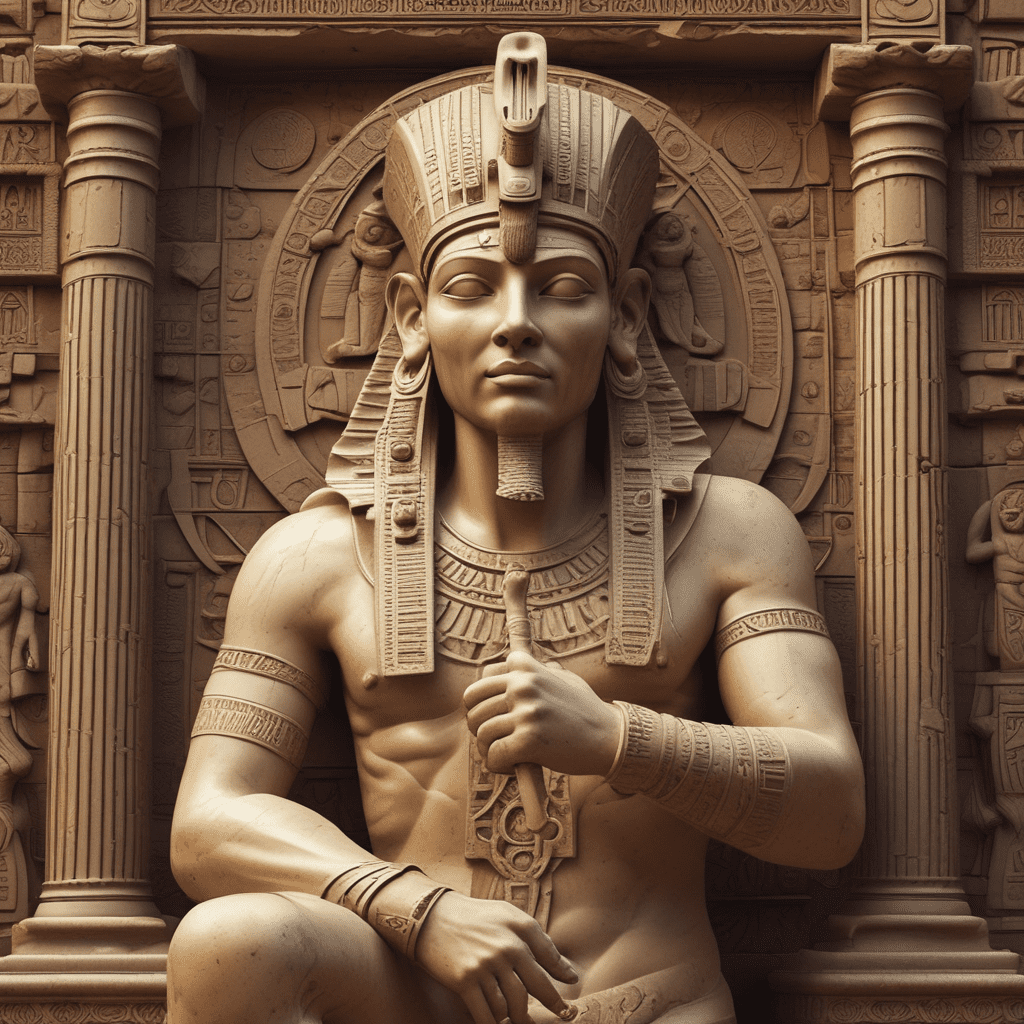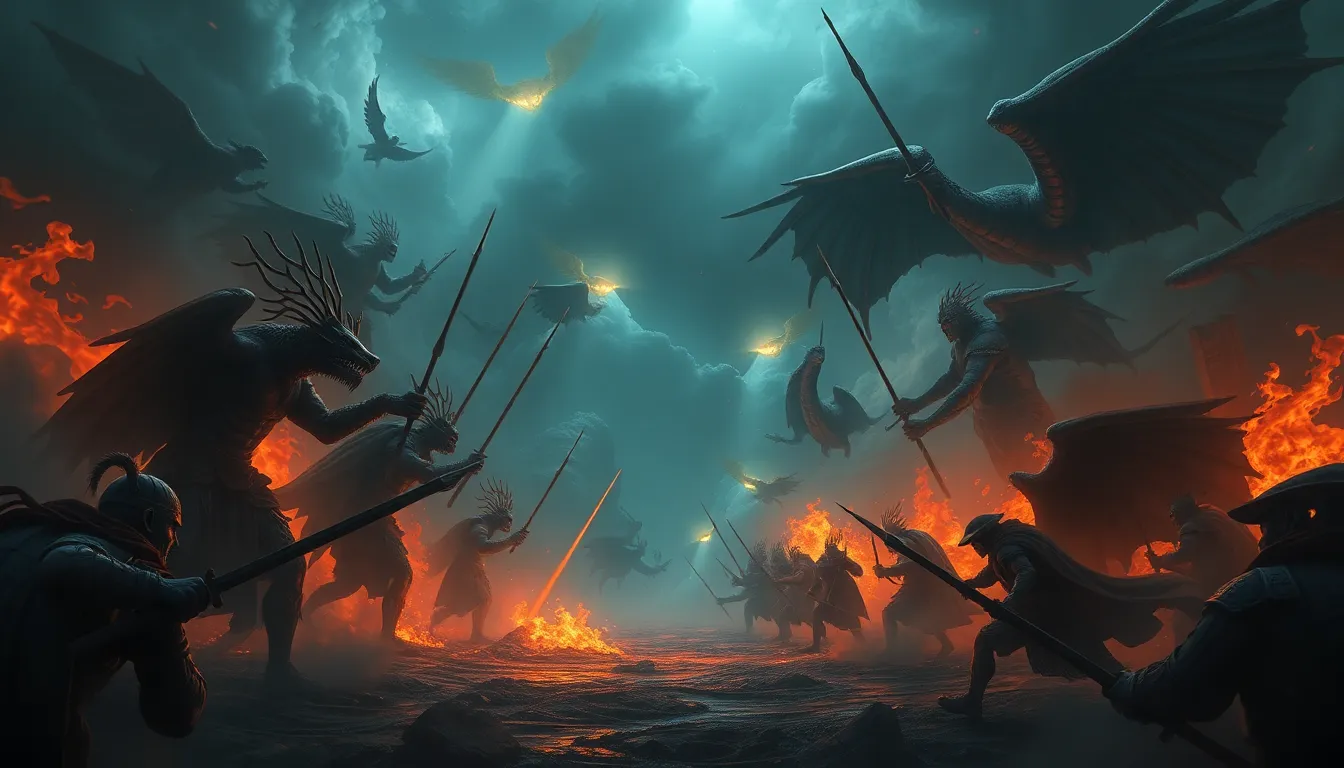The Myth of the God Atum in Egyptian Mythology
Egyptian mythology is rich with fascinating stories and intricate details about its gods and goddesses. One prominent figure in Egyptian mythology is the god Atum, who played a vital role in the creation of the world according to ancient Egyptian beliefs.
Who is Atum in Egyptian Mythology?
Atum, also known as Tem or Temu, is one of the oldest gods in ancient Egyptian mythology. He is often depicted as a man wearing either the red and white crown of Upper and Lower Egypt or the double crown that combines the two. Atum is associated with creation, life, and the sun, making him a crucial deity in Egyptian cosmogony.
The Creation Myth with Atum
According to Egyptian mythology, Atum was responsible for creating the world. The most famous myth involving Atum describes how he created the universe by masturbation. He is said to have existed in Nu, the primordial waters, and through his act of self-pleasure, Shu (air) and Tefnut (moisture) were born. These two deities went on to give birth to Geb (earth) and Nut (sky), who furthered the creation of the world.
Symbolism and Significance of Atum
Atum embodies the concept of self-creation and self-sufficiency. His name, which means ‘the complete one’, reflects his role as a self-produced deity who gave life to all things through his actions. Atum is often associated with the sun and is considered a solar deity, representing the sun’s daily journey across the sky and its role in sustaining life on earth.
Furthermore, Atum’s act of creation symbolizes the cyclical nature of life, death, and rebirth in Egyptian thought. His role in generating the world from himself illustrates the Egyptian belief in continuity and regeneration.
In conclusion, Atum is a significant deity in Egyptian mythology, playing a crucial role in the creation of the world and symbolizing key concepts such as self-creation and the cycle of life. His myth showcases the intricate and profound belief system of ancient Egyptian civilization, where gods like Atum held sway over both natural and supernatural realms.
FAQs about the Myth of the God Atum in Egyptian Mythology
Who is Atum in Egyptian Mythology?
Atum is a prominent deity in ancient Egyptian mythology, often referred to as the creator god or the god of the evening sun. He is believed to have created himself out of the primordial waters of chaos, embodying the concept of self-creation and regeneration.
What is the significance of Atum in Egyptian belief?
Atum was considered a crucial deity in the Egyptian pantheon as he represented the act of creation and the cycle of life, death, and rebirth. His association with the sun symbolized the daily journey of the sun across the sky, reflecting the eternal nature of existence.
How is Atum depicted in Egyptian art?
Atum is often depicted as a man wearing either the dual crown of Upper and Lower Egypt or a royal headcloth with two tall plumes. He may also be shown with the head of a ram, symbolizing fertility and masculinity. Depictions of Atum emphasize his role as a creator and sustainer of the universe.
What are some myths associated with Atum?
One of the most famous myths involving Atum is the Heliopolitan creation myth, where he is believed to have created the world by self-generating from the primeval waters. Atum’s acts of creation, such




